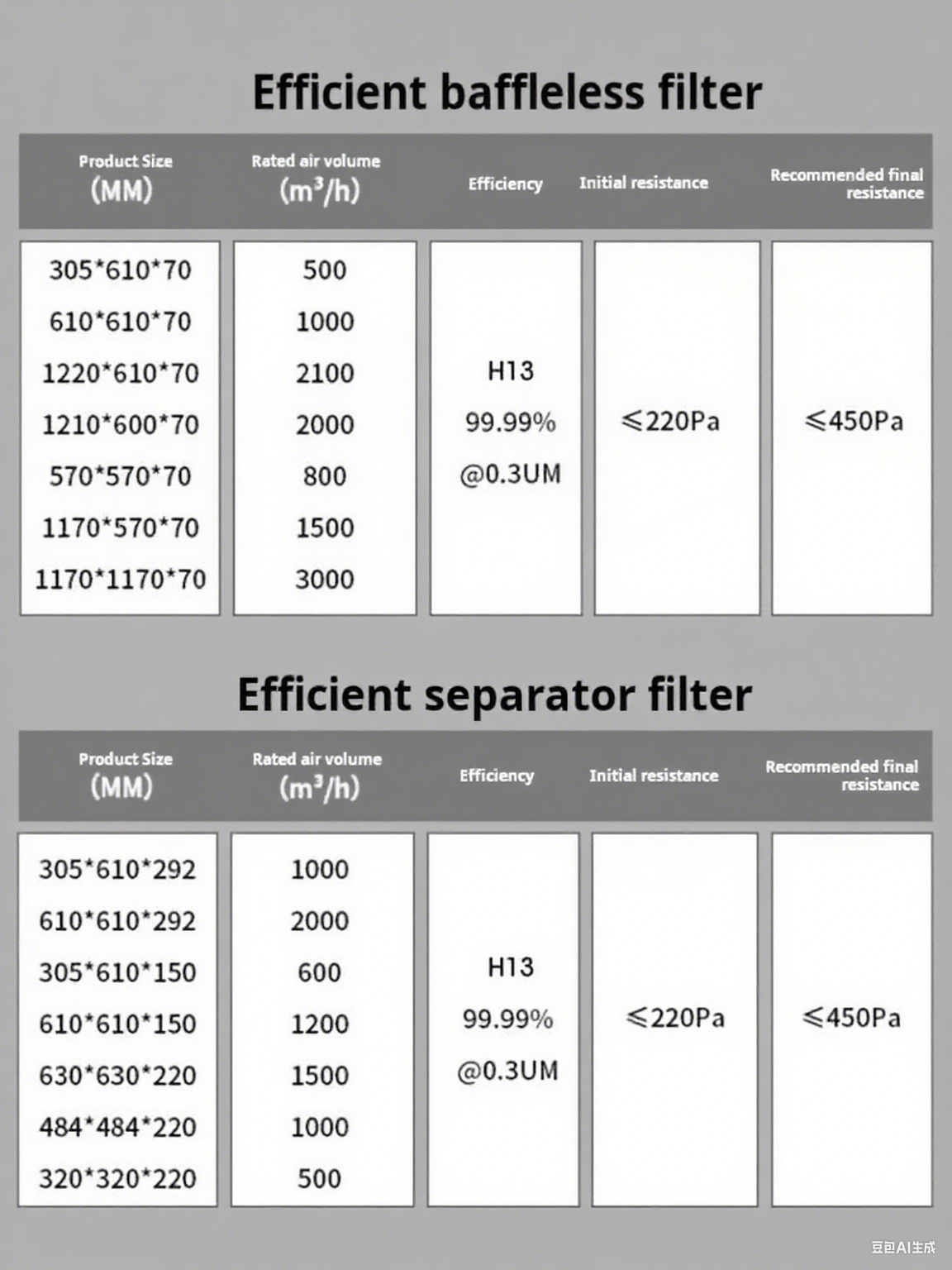HVAC Air Filter Guide
Ensuring the correct Air Filter size for your HVAC system is essential for maintaining optimal airflow and system efficiency. With numerous sizes and types available, selecting the right filter can seem daunting. This guide provides a comprehensive walkthrough to identify and measure your filter accurately, ensuring that your HVAC system runs smoothly and efficiently.
Finding and Removing the Filter
Locate the Filter
The first step is to identify the location of the air filter in your HVAC system. Typically, filters are situated in the return air duct or directly within the furnace. They are easily accessible and marked for maintenance.
Removing the Filter
Ensure the HVAC system is powered off to safely remove the existing filter. This prevents dust and allergens from being drawn into the system during the exchange.

Measuring the Filter
Use a Tape Measure
Accurately measure the length, width, and depth of the filter with a tape measure. This measurement should follow an order of length x width x depth, which is standard for filter dimensions.
Check the Markings
Often, the dimensions are printed clearly on the filter frame, making it easy to verify the measurements you have taken.
Consult the Manual
If there is any uncertainty, refer to the HVAC system manual. It often includes the exact filter specifications required for optimal system performance.

When Direct Measurement Isn't Possible
Measure the Filter Slot
If you cannot remove the filter, measure the filter slot or the return vent in the HVAC system. These dimensions typically align with the nominal filter size required.
Understanding Nominal vs. Actual Size
Nominal sizes are the rounded values you will see on packaging, while actual sizes are precise measurements typically slightly smaller than the nominal size. This ensures a snug, efficient fit.

Key Considerations
Importance of Correct Size
Using the correct filter size is crucial. An incorrect size can reduce airflow, lower efficiency, and potentially cause damage to your HVAC system.
Evaluate MERV Rating
Alongside physical dimensions, consider the MERV (Minimum Efficiency Reporting Value) rating of the filter, which indicates its efficiency at capturing particles.
Seek Professional Help
For any uncertainties or complexities in selecting or installing a filter, consulting a qualified HVAC technician is recommended.
Common Questions and Answers
| Question | Answer |
|---|---|
| What is the difference between nominal and actual filter size? | Nominal is the rounded size on packaging, while the actual size is slightly smaller for a precise fit. |
| Why is it crucial to use the correct filter size? | Incorrect sizes can impede airflow and reduce system efficiency, possibly causing damage. |
| How does MERV rating affect filter performance? | Higher MERV ratings mean a filter can capture smaller particles, important for air quality. |
| Can I measure the filter without removing it? | Yes, measure the filter slot or return vent; these align with the nominal size needed. |
| Should I consult a professional if unsure about filter size? | Yes, if uncertain, HVAC professionals can provide guidance to ensure correct installation. |
Conclusion
Accurate air filter selection is a cornerstone of effective HVAC system maintenance. Measuring your current filter, understanding nominal versus actual sizes, and considering MERV ratings all contribute to ensuring that your system runs efficiently and effectively. By following this guide, you can maintain air quality and prolong the life of your HVAC equipment.
References
- American Society of Heating, Refrigerating and Air-Conditioning Engineers (ASHRAE) guidelines on air filtration.
- International Organization for Standardization (ISO) standards for indoor air quality.
- U.S. Environmental Protection Agency (EPA) insights on HVAC maintenance.
- Deiiang™ expertise by Jason.peng on HVAC filter design.
- Publication from the Home Ventilating Institute on filter efficiency.
By ensuring the correct selection and installation of air filters, you protect both your HVAC system and the quality of air in your home.
© 2023 HVAC Guide | All Rights Reserved
 +86 18186671616
+86 18186671616 Jason@cleanroomequips.com
Jason@cleanroomequips.com
 MENU
MENU


